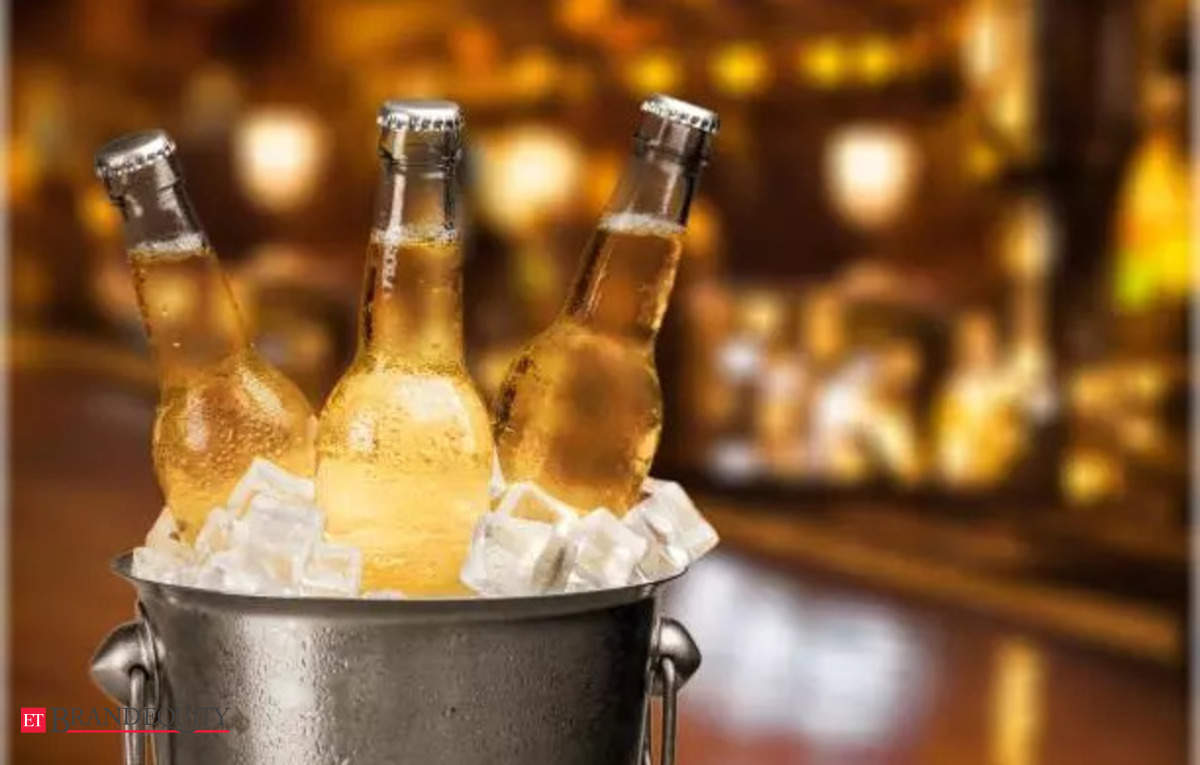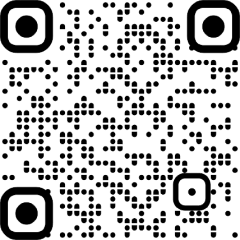SOCIAL
Indian alcohol brands’ digital marketing efforts, ET BrandEquity

Alcohol advertising may be banned in India, but marketers are still finding ways to leverage digital marketing to reach relevant audiences.
The Cable Television Networks (Amendment) Rules prohibited television channels from broadcasting any advertisement which directly or indirectly promotes the sale or consumption of liquor, wine, cigarettes and tobacco products. These Rules are a direct result of The Cable Television Network Act of 1995. The Rules permitted that alcohol brands could use surrogate means of advertising by using brand extensions (such as music CDs or packaged drinking water) in their advertisements.
However, in 2022, the government came out with a ban on surrogate advertising. A new clause was introduced under the Central Consumer Protection Authority (CCPA) guidelines titled ‘Guidelines for Prevention of Misleading Advertisements and Endorsements for Misleading Advertisements, 2022’. This clause stated that –
No surrogate advertisement or indirect advertisement shall be made for goods or services whose advertising is otherwise prohibited or restricted by law, by circumventing such prohibition or restriction and portraying it to be an advertisement for other goods or services, the advertising of which is not prohibited or restricted by law.
However, alcohol brands are still free to leverage digital marketing in a bid to reach the right audiences. Digital marketing allows marketers to take a more targeted approach when it comes to designing and creating communications for their audiences. Brands also leverage on-ground associations with events in order to create familiarity and recall.
One of the ways that alcohol brands leverage digital marketing is by creating content on social media as well as collaborating with content creators. The brands we spoke to for the purpose of this article admitted that they shied away from using performance marketing to reach their audiences. Though there are no hard and fast rules prohibiting an alcohol brand from using digital marketing to reach their desired audiences, most brands want to err on the side of caution.
“While the world has moved to performance marketing, the alcohol industry is still in the late 2000s as far as digital marketing is concerned. The field we’re playing in is a fenced one – that’s the best way to describe it. For most companies – they begin with creating brand awareness, then it moves on to brand engagement and eventually sampling. Our business is still stuck in the brand awareness stage,” says Rohan Rehani, co-founder, Moonshine Meadery.
Moonshine Meadery is a brand that focuses on making alcoholic beverages (mead) from honey and it uses a combination of email marketing, offline events, social media content based on said offline events to appeal to its digital audience. Rehani mentions that the email marketing messages have good open rates and that the brand uses it to drive engagement and create awareness – both about the brand and the events that they host.
Grégoire Verdin – Head Of Marketing – Sula Vineyards says that the brand has never had to resort to using surrogate advertising. What works for the wine brand is collaborating with content creators on social media to create interest around the offline experience that the brand offers at their winery. The vineyards generally have restaurants and resorts where the patrons can stay, experience wine tastings, etc.
Moonshine Meadery’s work with influencers involves activities where tasting and sampling happens on an offline level and Sula Vineyards follows a similar playbook when it comes to their offline events.
Verdin explains that when it comes to wine, awareness levels are relatively low – because of which it is important to encourage sampling. He admits that it takes a rather experimentative type of person to try different wines and this is the audience they typically try to appeal to when they create content for different social media platforms.
An interesting insight that he shares is that the acceptance for wine and drinking alcohol has increased after the popularity of OTT content grew in India. Indian viewers now have access to content from around the world – in which a person drinking a glass of wine and relaxing with their partner after a long day at work has gained acceptance to a large extent.
For most alcohol brands – this is an important part of the puzzle. Connecting its offline presence with a digital one in such a way that it creates brand awareness and encourages trials. Sula offers curated events that sell a lifestyle to its participants. Moonshine Meadery organises ticketed events such as mead tastings and pub crawls. The brand also made an appearance on popular entrepreneurship show Shark Tank – after which Rehani claimed that brand awareness and trials went up significantly.
Beyond experiential events that are directly linked to alcohol sampling and consumption, an alcohol brand may also choose to associate with offline events. Anheuser-Busch InBev or AB InBev is one such brand that associates with a host of offline events.
Ankit Kataria, director – marketing at Anheuser-Busch InBev estimates that when it comes to Indian audiences – 30% consume alcohol and the rest 70% are what he calls an ‘abstaining’ audience – who don’t consume alcohol for whatever personal reasons. The beverage industry typically measures market share by the phrase ‘share of throat’.
Kataria estimates that at a pan-India level, beer has a 12-15% share of throat and in metro cities, beer has around 20% of share of throat. He adds that when it comes to alcohol brands, digital’s contribution in terms of a media vehicle is about one and a half times more compared to other FMCG brands. For beer, this number would be 2-3x more. So digital becomes the key media for one on one effective communication.
Some of the brands in AB-In Bev’s portfolio include Budweiser, Corona, Hoegaarden etc. The brand uses a combination of content on digital platforms as well as on ground activations to appeal to audiences. Kataria tells us that the brand uses digital marketing to address the top of the funnel metrics in terms of driving awareness. During events, the brand addresses the bottom of the funnel, which is driving trials.
It takes around 6-8 trials for a person to get used to one brand and to become loyal to it. Events, sponsorships and on-ground activations help people try the brand many times. It also has the right environment for people to consume the product and build memory structures.
“For example, if a user is listening to his favourite artist in a high energy environment with his friends or loved ones and he has a glass of Budweiser in his hand. It creates a memory structure you create, he’ll remember for a long time to come. Even in our social content, we try to capture the same essence,” he says.
The 70% alcohol abstaining audience also likes to be a part of high energy occasions such as watching a football game, going to a music festival, etc. To cater to these audiences, AB-InBev has a portfolio of non-alcoholic products.
“The marketer’s first task is to get into the consumer’s consideration set and this means attending to last mile factors such as availability, offers etc. So the first step is to drive awareness and consideration and then to close the loop, make sure that in the last mile, your product is present,” he concludes.
















